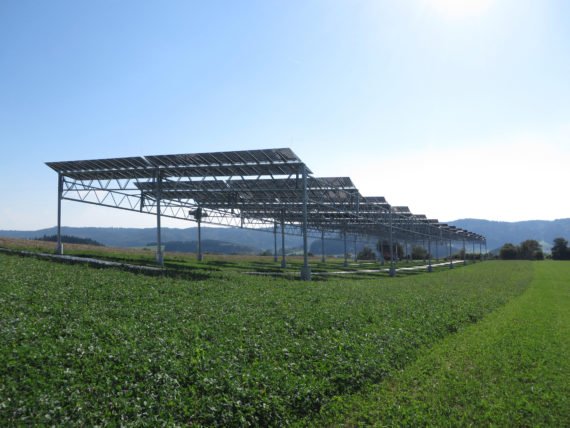There is an increasing competition for land between farmers and renewable energy advocates. Why not make the land support both?
Fraunhofer Institute For Solar Energy Systems in Germany combined solar panels with agriculture. Fraunhofer calls its unique installation, which mounts the solar panels high enough to allow farm equipment and animals to move freely underneath, agrophotovoltaics or APV.
The results from the first experimental program in southwestern Germany found combining agriculture and farming increased the output of the land by 60% over what it would be if the same land was devoted 100% to farming or 100% to solar panels.
Agrophotovoltaics is a promising solution for increasing both the land use efficiency and the share of renewable energy provided by the agricultural sector.
To re-validate the lessons learned from the German experiment, it was replicated to three agricultural environments in Chile and a shrimp farm in Vietnam. In all cases, the benefits suggested by the first pilot project in Germany were confirmed.
If APV technology and techniques are expanded to developing countries around the world, it could make “a lasting contribution to improving resource-efficient land use and regenerating parched soil.Lower emissions, site specific electrical power, more efficient and profitable farming — APV systems could be the answer to the need for renewable energy in many parts of the world.
